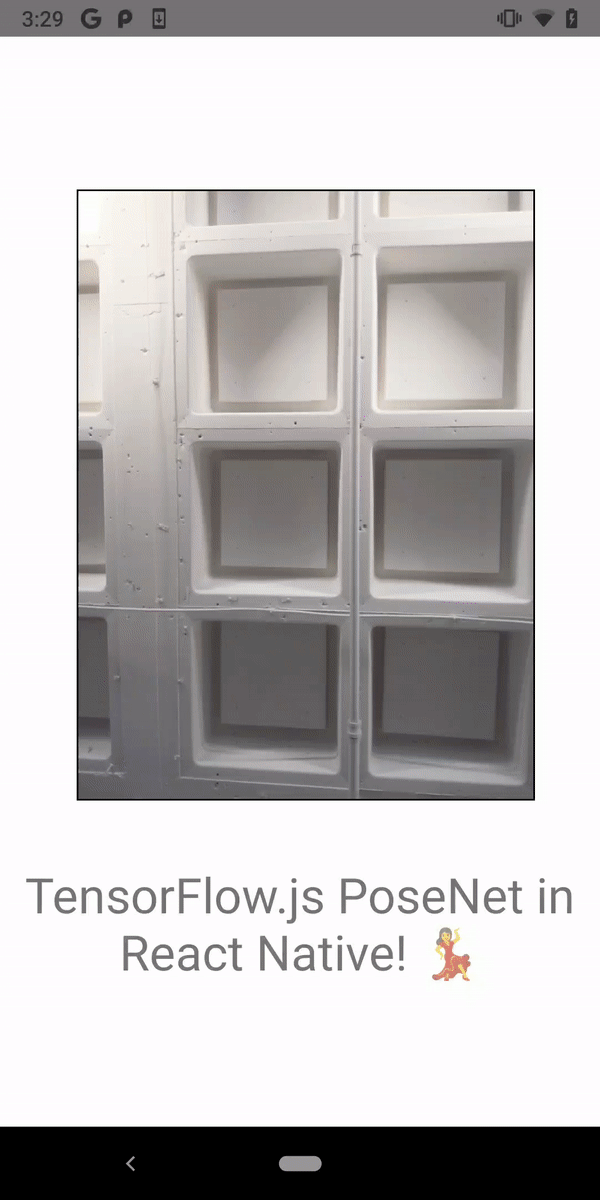2020 年 2 月 4 日 — 作者:Yannick Assogba,Google Research 脑科学团队软件工程师
我们很高兴地宣布,TensorFlow.js for React Native 现已正式发布。我们感谢所有在 alpha 版本期间提供反馈、错误报告和贡献的用户,并邀请更广泛的 React Native 开发者社区试用!
什么是 React Native?JavaScript 在包括原生移动应用程序在内的各种平台上运行。…

import * as mobilenet from '@tensorflow-models/mobilenet';
import { fetch, decodeJpeg } from '@tensorflow/tfjs-react-native';
// Load mobilenet.
const model = await mobilenet.load();
// Get a reference to the bundled asset and convert it to a tensor
const image = require('./assets/images/catsmall.jpg');
const imageAssetPath = Image.resolveAssetSource(image);
const response = await fetch(imageAssetPath.uri, {}, { isBinary: true });
const imageData = await response.arrayBuffer();
const imageTensor = decodeJpeg(imageData);
const prediction = await model.classify(imageTensor);
// Use prediction in app.
setState({
prediction,
});import * as tf from '@tensorflow/tfjs';
import * as mobilenet from '@tensorflow-models/mobilenet';
import { fetch, decodeJpeg, bundleResourceIO } from '@tensorflow/tfjs-react-native';
// Get reference to bundled model assets
const modelJson = require('../assets/model/burger_not_burger.json');
const modelWeights = require('../assets/model/burger_not_burger_weights.bin');
// Use the bundleResorceIO IOHandler to load the model
const model = await tf.loadLayersModel(
bundleResourceIO(modelJson, modelWeights));
// Load an image from the web
const uri = 'http://example.com/food.jpg';
const response = await fetch(uri, {}, { isBinary: true });
const imageData = await response.arrayBuffer();
const imageTensor = decodeJpeg(imageData);
const prediction = (await model.predict(imageTensor))[0];
// Use prediction in app
setState({
prediction,
});

2020 年 2 月 4 日 — 作者:Yannick Assogba,Google Research 脑科学团队软件工程师
我们很高兴地宣布,TensorFlow.js for React Native 现已正式发布。我们感谢所有在 alpha 版本期间提供反馈、错误报告和贡献的用户,并邀请更广泛的 React Native 开发者社区试用!
什么是 React Native?JavaScript 在包括原生移动应用程序在内的各种平台上运行。…